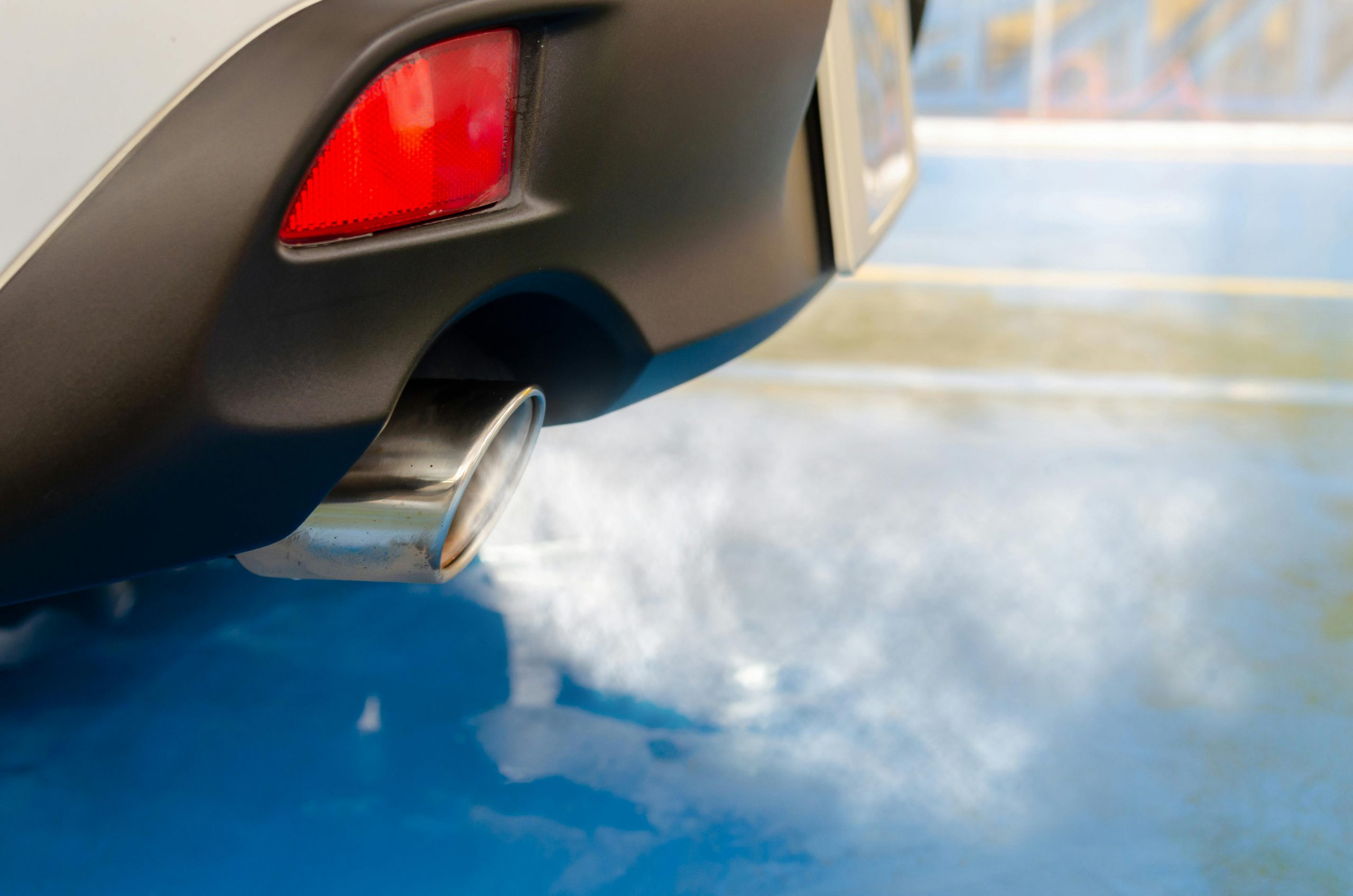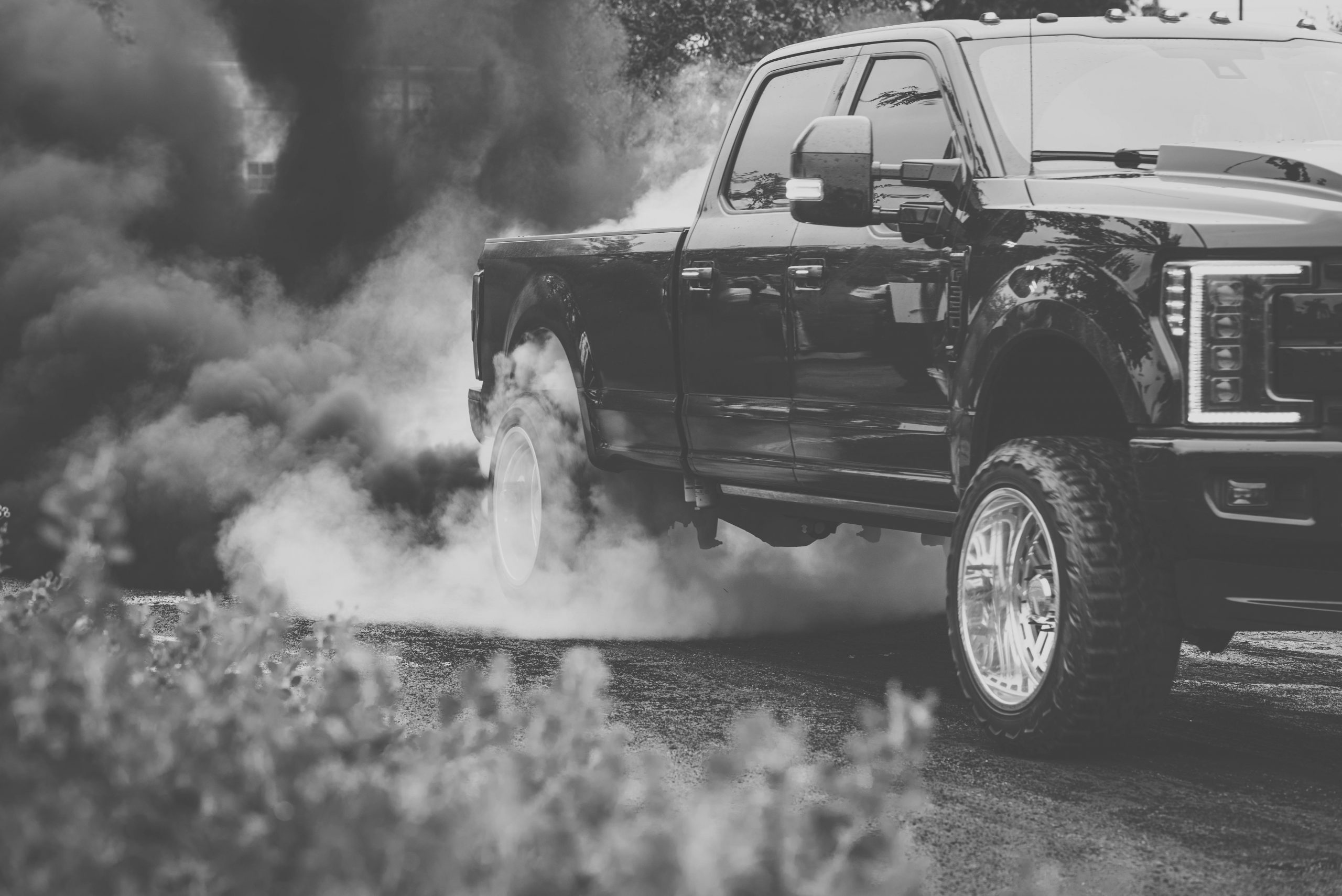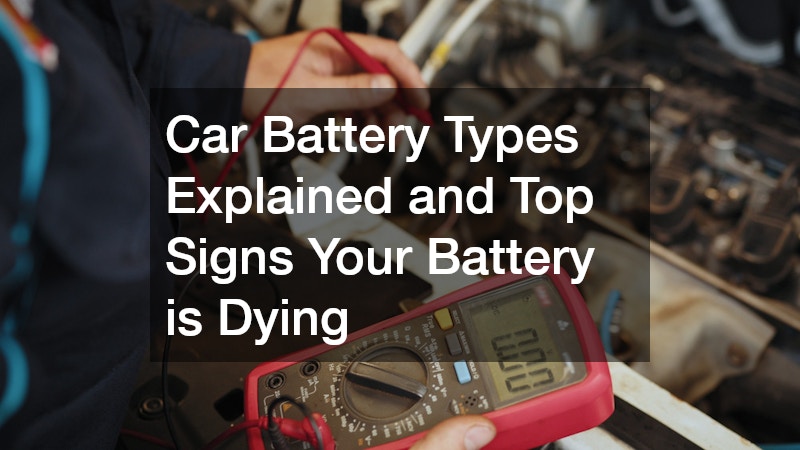
Seeing white smoke come from your car’s exhaust can be alarming, especially if you don’t know what’s causing it. While some smoke is normal in certain conditions, other times it can signal serious engine problems. This guide explains everything you need to know about white smoke from exhaust—what causes it, how to diagnose it, and what steps to take next.
What Is White Smoke From Exhaust?

White smoke is a type of vapor or cloud that comes out of your tailpipe. It usually looks thin and wispy, like steam. In some cases, it can appear thick and heavy. Unlike black or blue smoke, which often indicates fuel or oil issues, white smoke typically means that moisture or coolant is entering the combustion chamber and burning along with the fuel.
Is White Smoke From Exhaust Normal?
White smoke isn’t always a reason to panic. In many cases, especially during cold weather or early morning starts, a small amount of white smoke—or more accurately, steam—is completely normal. However, if the smoke doesn’t go away after your car has warmed up or if it becomes thick and constant, it could point to a serious issue under the hood.
Understanding the difference between normal and abnormal white smoke can help you know when it’s safe to drive and when you should visit a mechanic.
Normal White Smoke (Steam)
This type of smoke is not harmful and usually disappears quickly. It’s caused by moisture that has built up in the exhaust system overnight or during periods of non-use.
Common characteristics of normal white smoke:
- Happens during cold starts
When the engine is started after sitting for hours—especially on cold or damp mornings—steam often exits the tailpipe. - Lasts for a few minutes while the engine warms up
This white vapor should fade away once the engine and exhaust system heat up and evaporate the moisture. - Caused by condensation burning off the exhaust system
Water vapor is a natural byproduct of combustion. When condensation collects in the exhaust overnight, it turns into steam as the engine heats. - Light and thin in appearance
It looks like mist or steam and doesn’t have a strong odor. - No unusual smells or performance issues
The vehicle should run smoothly with no signs of trouble.
What to do: Nothing. This is a normal process and should not be a concern as long as the smoke disappears within a few minutes.
Abnormal White Smoke
If the white smoke continues after the engine is fully warmed up, this could mean that something more serious is wrong. Often, it’s a sign that coolant is leaking into the engine, which can cause damage if not addressed quickly.
Signs that white smoke may be abnormal:
- Lasts after the engine is fully warm
Persistent white smoke that continues even after several minutes of driving is not normal. - Has a sweet smell (from coolant)
If the smoke smells sweet, it likely contains ethylene glycol from your coolant, which should not be in the combustion chamber. - Is thick and persistent
Unlike light steam, abnormal smoke is denser and doesn’t go away as you drive. - May be accompanied by engine misfires, overheating, or poor performance
Other signs of trouble include shaking, rough idling, warning lights, or the temperature gauge climbing too high. - Low coolant levels with no external leak
If you’re losing coolant but there are no drips or puddles, it may be leaking internally into the engine.
What to do: Have your vehicle inspected by a qualified mechanic right away. Persistent white smoke can lead to engine damage if caused by a blown head gasket, cracked cylinder head, or engine block failure. Addressing it early can save you from costly repairs later.
Common Causes of White Smoke From Exhaust

Here are the most common reasons you might see white smoke coming from your tailpipe:
1. Condensation (Normal)
What it is: Water naturally collects in your exhaust system overnight, especially in cold weather. When you start your car, the water turns into steam and exits through the tailpipe.
What to do: Nothing. This is harmless and should stop once the engine warms up.
2. Coolant Leak Into the Combustion Chamber
What it is: Coolant should stay in its own system, but if there’s a leak, it can enter the engine’s cylinders and burn along with the fuel.
Signs:
- Sweet smell from exhaust
- White smoke that doesn’t go away
- Engine overheating
- Low coolant levels
Common causes:
- Blown head gasket
- Cracked engine block
- Warped or cracked cylinder head
What to do: Check your coolant level. If it’s low and you see persistent white smoke, have a mechanic run a compression or leak-down test. You may need major engine repairs.
3. Blown Head Gasket
What it is: The head gasket seals the space between the engine block and cylinder head. If it fails, coolant and oil can leak into the engine.
Signs:
- Constant white smoke
- Coolant mixing with engine oil
- Overheating
- Milky oil on the dipstick or oil cap
What to do: This is a serious issue. You’ll need a mechanic to replace the gasket. It’s an expensive but necessary fix to avoid engine failure.
4. Cracked Cylinder Head
What it is: Extreme heat or engine stress can cause the metal cylinder head to crack. This allows coolant to leak into places it shouldn’t.
Signs:
- White smoke
- Loss of engine power
- Overheating
- Engine misfires
What to do: A cracked head usually needs to be replaced or repaired in a machine shop. This is not a DIY job.
5. Cracked Engine Block
What it is: A cracked engine block is one of the most severe issues. It usually happens due to overheating or manufacturing defects.
Signs:
- Thick white smoke
- Coolant loss with no visible leak
- Rough running engine
- Low compression
What to do: Repairing a cracked block is very expensive and sometimes not worth it. Many people choose to replace the engine or vehicle altogether.
6. Faulty Fuel Injector (in Diesel Engines)
What it is: In diesel engines, a malfunctioning fuel injector can allow unburned fuel to enter the combustion chamber, which produces white smoke.
Signs:
- White smoke from exhaust
- Engine knocking
- Poor fuel economy
What to do: Have a mechanic test your injectors. Replacing them can solve the issue.
Diagnosing the Problem
If you see white smoke that doesn’t go away, here’s how you can start figuring out the problem:
Step 1: Check When the Smoke Appears
- Only during startup: Likely condensation—normal
- While driving and after warming up: May indicate coolant leak
Step 2: Smell the Smoke
- Sweet smell: Usually coolant
- Fuel smell (diesel only): May be injector issue
Step 3: Look at Fluid Levels
- Coolant level dropping? Possible head gasket or internal leak
- Milky oil? Coolant may be mixing with oil—serious problem
Step 4: Use an OBD-II Scanner
- If your check engine light is on, scan the codes. You may get a clue like a misfire or coolant temperature warning.
How to Fix White Smoke From Exhaust
The best way to fix white smoke from your exhaust depends on what’s causing it. Some issues are harmless and require no action, while others involve serious engine damage that needs professional repair. Below are common causes and how to handle each one, along with estimated repair costs:
- Condensation: If the white smoke is caused by condensation during cold starts, there’s no need to worry or take any action. This is normal and doesn’t require a fix.
Estimated cost: $0
- Coolant Leak: If coolant is leaking into the engine and causing white smoke, you’ll need to have a mechanic find and fix the source of the leak. This could involve replacing hoses, seals, or other parts.
Estimated cost: $150–$2,000+, depending on how severe the leak is.
- Blown Head Gasket: A blown head gasket allows coolant to enter the combustion chamber, creating thick white smoke. This is a serious issue that must be repaired by a professional.
Estimated cost: $1,000–$2,500
- Cracked Cylinder Head: A cracked cylinder head can also cause coolant to burn in the engine. Repair or replacement will require a skilled mechanic or machine shop.
Estimated cost: $500–$2,000
- Cracked Engine Block: This is one of the most serious problems. A cracked engine block often means replacing the entire engine or a major repair. Depending on the car’s value, it might not be worth fixing.
Estimated cost: $2,500–$6,000
- Bad Fuel Injector (Diesel Engines): In diesel vehicles, a faulty fuel injector can cause unburned fuel to enter the combustion chamber, producing white smoke. Replacing the injector usually solves the issue.
Estimated cost: $200–$800
If you’re unsure of the cause, it’s best to have a trusted mechanic diagnose the issue. Ignoring persistent white smoke could lead to more serious and costly engine damage.
Can You Keep Driving With White Smoke?
If the white smoke is caused by condensation during cold starts, yes—you can keep driving.
However, if the smoke is thick, doesn’t go away, or comes with other issues like overheating or loss of power, you should not drive the car. Doing so can cause further engine damage and may lead to more expensive repairs down the road.
Tips to Prevent White Smoke Issues
- Maintain your coolant system: Regularly check coolant levels and radiator condition.
- Don’t ignore overheating: Pull over and address any temperature spikes immediately.
- Use proper antifreeze: Cheap or wrong antifreeze can corrode parts and cause leaks.
- Service your vehicle regularly: Catch small issues before they turn into big ones.
- Let your engine warm up: Especially in winter, give your engine time to burn off condensation.
When to See a Mechanic
Contact a mechanic right away if:
- White smoke continues after 5–10 minutes of warm-up
- The smoke is thick or smells sweet
- Your engine overheats
- You see milky oil or coolant loss
Delaying repairs can turn a small problem into a major one. Diagnosing the issue early can save your engine and your wallet.
Final Thoughts
White smoke from exhaust can mean anything from normal condensation to major engine trouble. If it clears up quickly and only happens when cold, you likely have nothing to worry about. But if it sticks around, smells odd, or comes with other symptoms, it’s time to dig deeper.
Keep an eye on your coolant levels, monitor how your engine runs, and get help from a mechanic when needed. Catching the cause early can prevent serious damage and keep your vehicle running smoothly.



